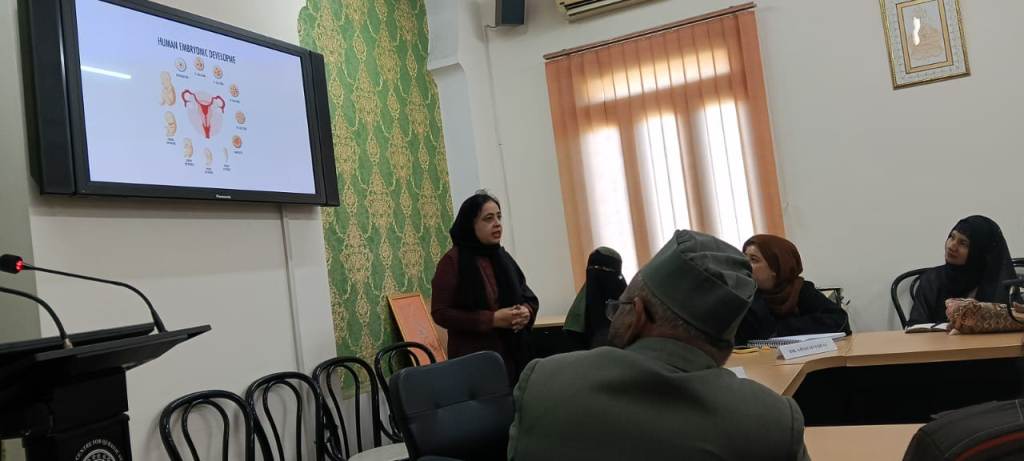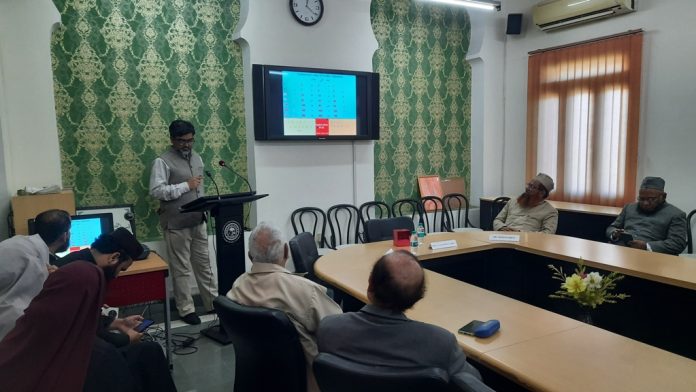Aligarh: The K.A. Nizami Centre for Quranic Studies, Aligarh Muslim University hosted an enlightening lecture on “Iron in the Quran” as part of the ongoing Quran Extension Lecture Series: “Creative Wonders of Allah in the Quran – A Scientific Study”. The session featured Professor Syed Sikandar Zulqarnyn Ashraf from the Department of Physics, AMU, who examined the connections between Quranic revelations and modern scientific discoveries.
In his discourse, Professor Ashraf focused on Surah Al-Hadid (57:25), which highlights the divine significance of iron. He elaborated on contemporary scientific findings, emphasising that iron was not originally formed on Earth but arrived via meteoric processes, an understanding consistent with modern astrophysics. The lecture further explored iron’s crucial role in technological advancements, medicine, and biological functions, underscoring the Quran’s profound scientific insights.

In another extension lecture on “The Quran and Anatomy,” guest speaker Dr. Nema Usman, Department of Anatomy, J.N. Medical College, AMU explored the intersection of Quranic revelations and modern anatomical science. She provided an in-depth analysis of the Quranic descriptions of human creation and physiological processes, highlighting their alignment with contemporary anatomical discoveries. She emphasised how the Quran encourages reflection on the complexity of the human body as a testament to divine wisdom.
The events were presided over by the Director of the centre, Professor Abdur Raheem Kidwai and moderated by Dr. Arshad Iqbal.
After the lectures, an insightful discussion took place, with participants actively engaging and clarifying their queries with the speakers.
Dr. Nazeer Ahmad Ab. Majeed delivered the vote of thanks following the first lecture, while Adeeba Taj, a research scholar, expressed gratitude and acknowledged the contributions of the speaker, coordinator, and attendees at the conclusion of the second lecture.




